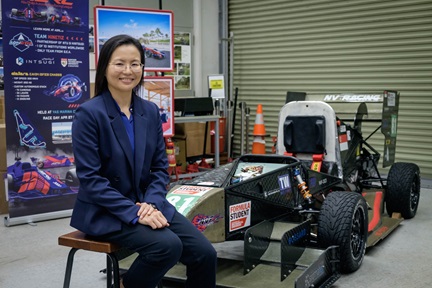Making e-waste plastic reuse greener
A method to remove a toxic compound from electronic waste plastic could make recycling such plastics safer.

Electronics is one of the largest contributors to plastic waste. Plastics from electronic waste (e-waste) pose an environmental hazard if not disposed of properly as they often contain toxic chemical additives.
One such contaminant is brominated flame retardants (BFRs) that make e-waste plastics fire-proof. These compounds leach out of the plastic into the environment when e-waste plastics are discarded. Heating the plastic during recycling also releases the toxic compounds.
Now, NTU scientists led by Assoc Prof Lee Jong-Min of NTU’s School of Chemistry, Chemical Engineering and Biotechnology have come up with a way to make e-waste plastic recycling safer. Using a mixture of 1-propanol and heptane, they dissolved and removed BFRs from acrylonitrile butadiene styrene – a type of plastic commonly used in the casings of keyboards and laptops.
The solvents dissolved only the BFRs, enabling the researchers to recover over 80% of the plastic after removing the BFRs. The properties of the plastic were also unchanged.
The researchers hope that their method will facilitate the recovery of clean plastic and increase the recycling of e-waste plastic.
The findings were published in “Enhanced extraction of brominated flame retardants from e-waste plastics” in Chemical Engineering Journal(2023), DOI: 10.1016/j.cej.2023.144126.
The article appeared first in NTU's research and innovation magazine Pushing Frontiers (issue #24, October 2024).




.tmb-listing.jpg?Culture=en&sfvrsn=29c7e020_1)
.tmb-listing.jpg?Culture=en&sfvrsn=55153609_1)

